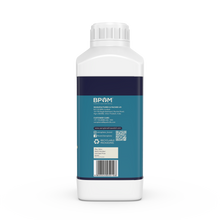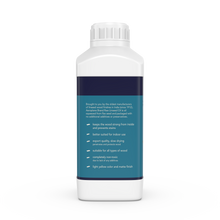|
Linseed oil, also known as flaxseed oil,is a clear to yellowish oil obtained from the dried ripe seeds of the flax plant (Linum usitatissimum). The oil is obtained by cold pressing the seed and is sometimes followed by solvent extraction. The application of this oil forms a protective resin barrier that protects the underlying material from nature's elements. It is used to aid water repellence, resist weather and slows the cracking and shrinking when used by itself or mixed with other Alkyds and/or other coatings. Performance : slow drying time, gloss retention, very good pigment wetting properties, brush ability & leveling. Difference between Raw and Double Boiled Linseed Oil "Raw" Linseed Oil is just that, linseed oil squeezed from flax seed and packaged with no additional additives or preservatives. This oil dries very slowly, taking weeks to fully cure. Its recommended uses are areas/objects where drying time is not a consideration. However, when used as a wood preservative for items that are handled or walked on, long drying times are undesirable. "Double Boiled" Linseed Oil is not simply boiled. Raw linseed oil is heated with air causing it to polymerise and oxidise. The further addition of certain solvents causes linseed oil to dry more quickly. This makes it a better product for preserving tool handles, decks, and furniture etc. The application for both the oils forms a protective resin barrier that protects the underlying material from nature's elements. It is used to aid water repellence, resist weather and slows the cracking and shrinking when used by itself or mixed with other Alkyds and/or other coatings. Major Uses 1. Wooden sporting goods - Bats, Hockey Sticks, Racquets, Croquet etc. 2. Un-painted wood furniture - Benches, Chairs, Tables etc. 3. Metal tools - Protects against rust 4. Wooden panelling of houses - restore and beautify 5. Touch-up and refinish furniture.
Manufacturing & Packing Details
|








